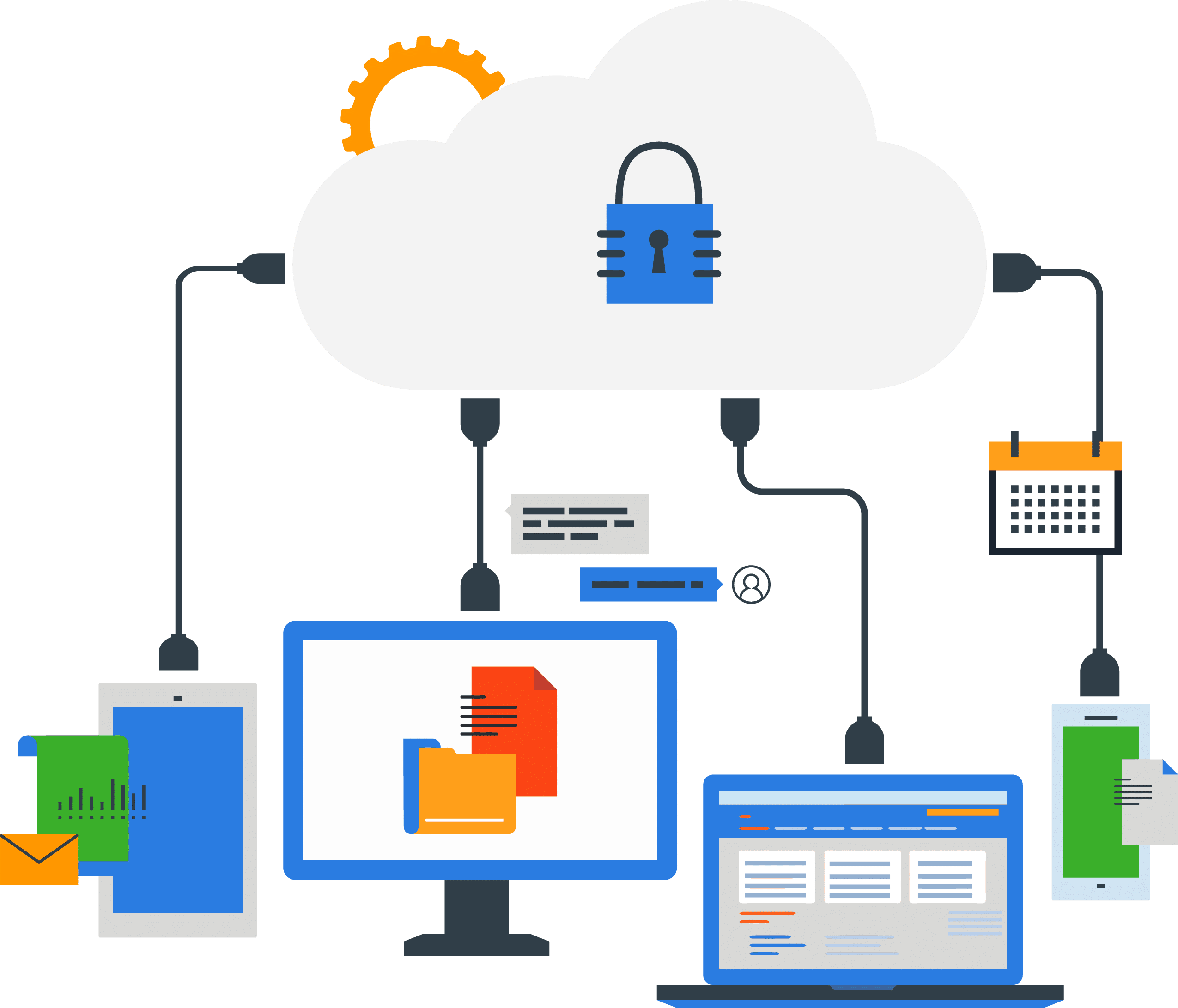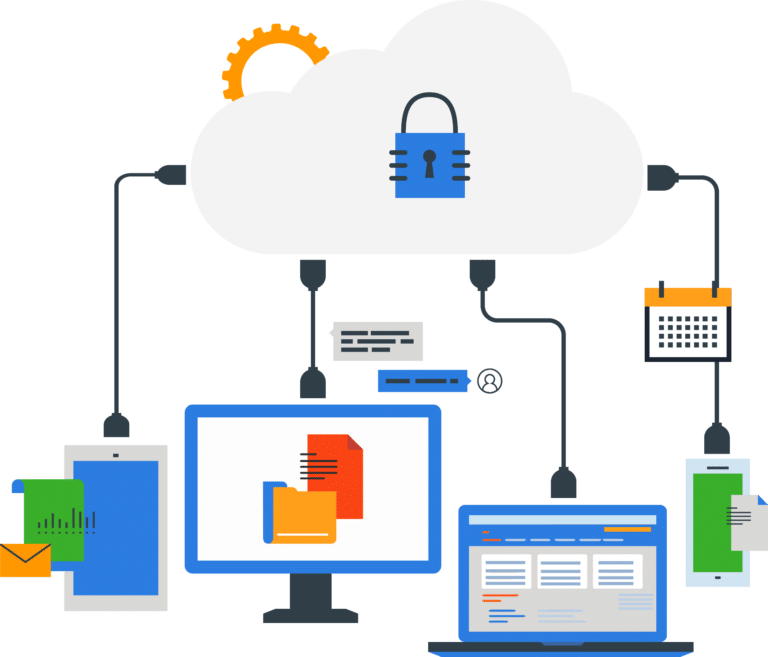MICROSOFT IDENTITY AND ACCESS MANAGEMENT CONSULTING SERVICES
Identity and access management consulting that gives you total control
Many enterprise security breaches happen because of poor identity & access management processes—they can cost you millions of dollars in fines and damage your reputation. Our IAM services help you automate and govern user access to data in your cloud and on-premises environments so you can avoid the risks of manual, ad-hoc identity and access management.

[OUR APPROACH]
How we help you manage your identity & access
1
Assess your current situation
We identify problems in your current approach by conducting a health check and providing guidance on how you can improve your processes.
2
Provide expert advice on Zero Trust solutions
Our experienced consultants will recommend comprehensive zero-trust solutions to effectively protect your organization from potential threats.
3
Build a roadmap to automate IAM processes
We work closely with your organization to create a roadmap for deploying automated IAM strategies that fit around how you work.
4
Implement the right Microsoft technology for you
Whether you’re in the cloud, on-premises, or have opted for a hybrid approach, we help you select and deploy the most appropriate IAM solution.
[CONTACT US]
Partner with Microsoft experts you can trust
We work closely with you to deploy identity & access solutions in the way that best suits your organization. Get in touch to find out more.
[Technologies]
Identity & access products and technologies we recommend
We literally wrote the book on Active Directory, meaning you can depend on our internationally recognized consultants to deploy and secure IAM the right way for your organization, using the following technologies.

Build a secure foundation for your network.
Explore
Create a strong hybrid identity foundation.
Explore
Allow customers and partners to securely access your applications.
Explore
Protect your organization’s on-premises identities from advanced threats.
Manage identities across all your systems.
Explore
Looking for more resources?
[Client testimonial]

[FROM THE BLOG]

Common Active Directory Attacks (and How to Defend Against Them)
Microsoft’s Active Directory (AD)—released in 1999 as part of Windows 2000 Server Edition—is currently the most popular directory service for Windows domain networks. AD has

Data Considerations for HR-Driven Provisioning in Entra ID
HR-driven provisioning is a capability of Entra ID that allows data from Human Resource (HR) systems to be used to create and update accounts in

What is a Pass-the-Hash Attack (PtH)? Mitigation Strategies for CISOs and IT Teams
Today, we’ll explore the signs of a pass-the-hash (PtH) attack and discuss methods to detect and prevent such attacks in your environment. At Ravenswood Technology

Should I Upgrade Active Directory Domain Services to Windows Server 2025?
The last major Active Directory Domain Services (AD DS) update came with the release of Windows Server 2016. While there was a schema update with
[MICROSOFT IDENTITY AND ACCESS MANAGEMENT CONSULTING SERVICES]
Identity and access management consulting that gives you total control
Many enterprise security breaches happen because of poor identity & access management processes—they can cost you millions of dollars in fines and damage your reputation. Our IAM services help you automate and govern user access to data in your cloud and on-premises environments so you can avoid the risks of manual, ad-hoc identity and access management.

[Our Approach]
How we help you manage your identity & access control
The RavenswoodSM identity & access management (IAM) experts will work closely with you to deploy industry-leading solutions in the way that best suits your organization.
1
2
3
4
Assess your current situation
We identify problems in your current approach by conducting a health check and providing guidance on how you can improve your processes.
Provide expert advice on Zero Trust solutions
Our experienced consultants will recommend comprehensive zero trust solutions to effectively protect your organization from potential threats.
Build a roadmap to automate IAM processes
We work closely with your organization to create a roadmap for deploying automated IAM implementation strategies that fit around how you work.
Implement the right Microsoft technology for you
Whether you’re in the cloud, on-premises, or have opted for a hybrid approach, we help you select and deploy the most appropriate IAM solution.
[CONTACT US]
Partner with Microsoft experts you can trust
We work closely with you to deploy identity & access solutions in the way that best suits your organization. Get in touch to find out more.
[Technologies]
Identity & access products and technologies we recommend
We literally wrote the book on Active Directory, meaning you can depend on our internationally recognized IAM experts to deploy and secure IAM the right way for your organization, using the following technologies.

Partner with Microsoft experts you can trust
We work closely with you to deploy identity & access solutions in the way that best suits your organization. Get in touch to find out more.
[Technologies]
Identity & access products and technologies we recommend
We literally wrote the book on Active Directory, meaning you can depend on our internationally recognized consultants to deploy and secure IAM the right way for your organization, using the following technologies.

Build a secure foundation for your network.
Explore
Create a strong hybrid identity foundation.
Explore
Allow customers and partners to securely access your applications.
Explore
Protect your organization’s on-premises identities from advanced threats.
Manage identities across all your systems.
Explore
Looking for more resources?
[Client testimonial]

[FROM THE BLOG]
Microsoft’s Active Directory (AD)—released in 1999 as part of Windows 2000 Server Edition—is currently the most popular directory service for Windows domain networks. AD has evolved and matured over the [...]
HR-driven provisioning is a capability of Entra ID that allows data from Human Resource (HR) systems to be used to create and update accounts in Entra ID or Active Directory. [...]
Today, we’ll explore the signs of a pass-the-hash (PtH) attack and discuss methods to detect and prevent such attacks in your environment. At Ravenswood Technology Group, LLC, we have decades [...]
The last major Active Directory Domain Services (AD DS) update came with the release of Windows Server 2016. While there was a schema update with Windows Server 2019, it was [...]




